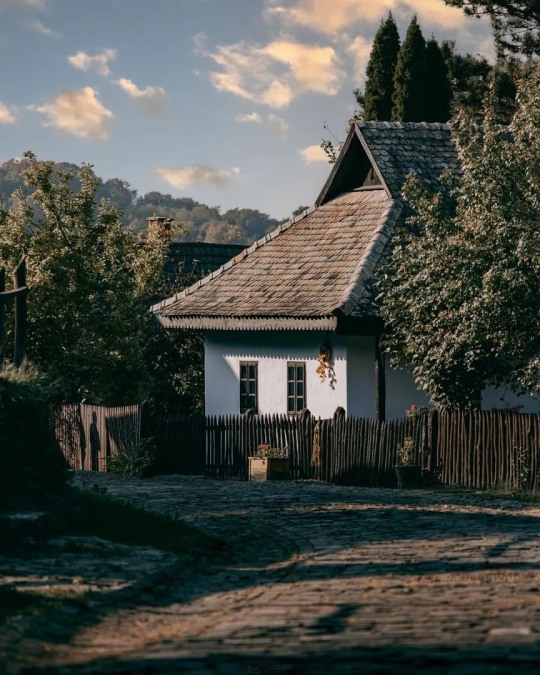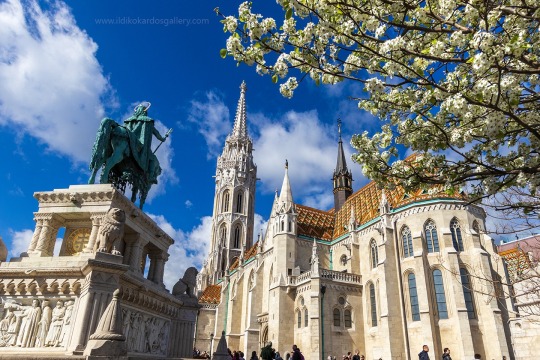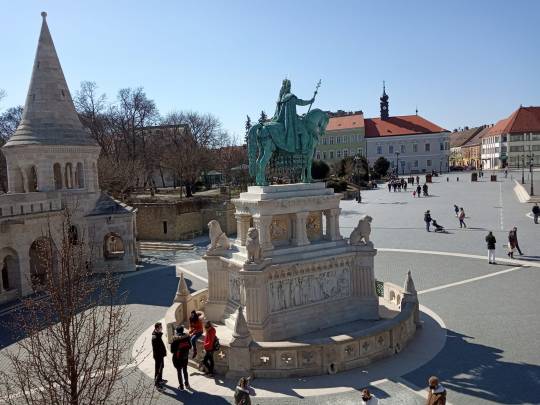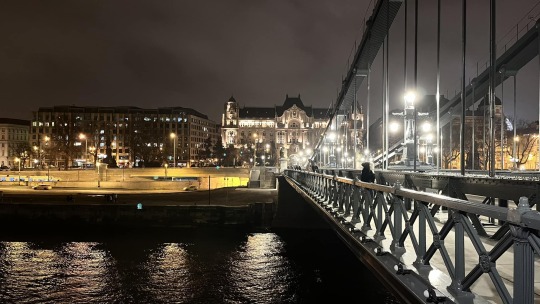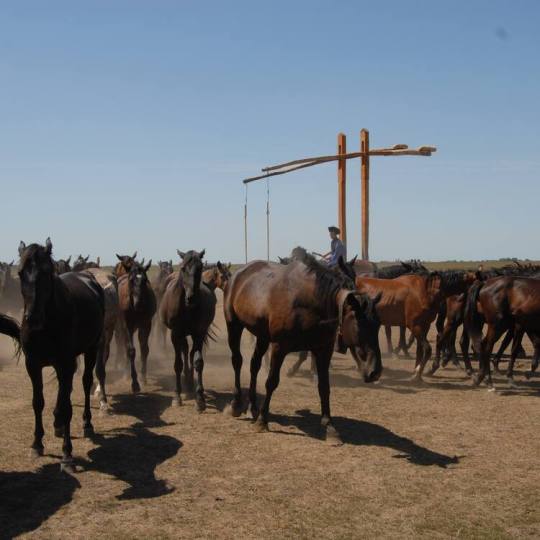Text

The Esterházy Palace in Fertőd is the most beautiful baroque palace in Hungary; it is also referred to as ‘the Hungarian Versailles’.
The 126-room palace surrounded by outbuildings and a 200-hectare park is the largest palace complex in Hungary and the third largest baroque palace in Europe. The centre of the building is the banquet hall upstairs with the connecting music hall.
The summer dining room under the banquet hall connects the baroque garden with the building. The structure of the nearly 200-acre garden composition is defined by the three radial visual axes ("goose feet"-alley) that start from the focus of the palace, which continue behind the "parter" (large open baroque garden), in the large Park Forest, the pheasant garden and the wild garden.
The construction and heyday of the palace is associated with Prince Miklós Esterházy "The Extravagant", who continuously carried out constructions from 1762 until his death in 1790, in order to establish a residence comparable to royal courts, and where luxurious ceremonies were common. Eszterháza was visited not only by distinguished families of the period, but also by Empress Maria Theresa, and the great composer Joseph Haydn lived and worked here as well between 1766 and 1790.
6 notes
·
View notes
Text
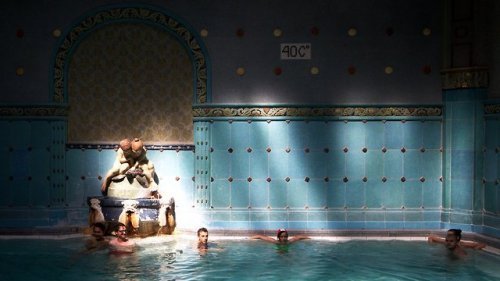
The most beautiful art noveau bath of the world - Gellert Bath Budapest
No wonder, that as early as in 1934, Budapest was awarded the supreme title “Spa City”. Three years later, the first International Balneological Congress was organised, and the seat of the International Balneological Association was established at the Gellért Thermal Bath in Budapest. The Congress reasoned with the following words: “…no city can put forward a stronger claim to this than Budapest. Endowed by nature with a wonderful generosity of excellent thermal waters and unrivalled natural beauty; additionally, its high medical professionalism, the excellent equipment of its healing institutions, the high level of scientific research, makes Budapest the optimum choice for international affairs of balneology to be handled from here…” The Gellert Bath and Hotel itself was built in the preceding decades, and opened its doors in 1918. Outdoor pools were added later on, and today it combines modern technical developments with rich historical heritage.
4 notes
·
View notes
Text

Time of cherryblossom in Budapest #budacastle photo by Ildiko Kardos
5 notes
·
View notes
Text

A rakish moustache, a fast horse, a fearless valiant fighter and a fairytale hero: this is the image of the Hungarian Hussar.
Let us look behind the myth and learn about the story of these audacious men who have become Hungarian national symbols as brave warriors for centuries. The term “husserones” was first mentioned in King Matthias’ letter in 1481, as a light cavalry within the royal army. The origin of the word is still not settled, it is assumed to come from the word “húsz” (twenty), since at that time the king’s new decree declared that his subjects were obliged to exhibit a cavalry soldier after every 20 socages. From the time of the Turkish invasion in the 15th century, the Hussars were a significant parts of the royal army, and until the 20th century they formed the Hungarian light cavalry. After the disbanding of Matthias’ legendary corps, the Black Army, the Hussar troops remained together and were partly assigned to the royal troops and the forts. Without them, border defense would have been swayed.
From the 16th century, during the reign of kings from the Hasburg dynasty, the Hussars were fighting in different parts of Europe, but these soldiers were no longer serfs, but mercenary warriors. Thanks to their unique fighting style, they became known in Europe as “Hungarian weapons” and were considered the most effective light-horse regiment of the 17th and 18th centuries.
Over the years, they played a huge role in the defense against the Turks and became indispensable figures in many great battles in Hungarian history. Under the reign of Queen Maria Theresa, they were trained to fight on foot in the field as well and were using pistols and carbines too.
During the fights of the 19th century, including the 1848 War of Independence, they fulfilled their duty with extraordinary courage and self-sacrifice. They fought as true patriots in the battles of World War I, and in World War II they were deployed against modern weapons and tanks. The last Hussar Regiment was active until the end of World War II, and the last Hungarian Hussar of Nyíregyháza was Mihály Tomasovszki.
Hungarians have always had a reputation as a horse nation, the true secret of the Hussars was based largely on their horses’ abilities. The hussar and his light, agile hussar horse were inseparable, loyal companions to each other, and the outcome of each battle depended on the harmony between them. Their unique combat style comes from the ancient Hungarian cavalry military art, the main features of which are misdirection, smart use of terrain, trapping, raiding, remote destruction. Their tricky technique was matched by glorious courage, a way to strike the enemy with unexpected attacks.. In 2017 the Hussar was added to the list of Hungarikums.
All reactions:
5You, World Heritage Hungary, World Heritage Sights and 2 others
Like
Comment
Share
3 notes
·
View notes
Text

Dracula in Hungary
Bram Stoker’s Dracula, published in 1897,pictures a cruel vampire’s story, but many people who have read the book are not aware that the character Dracula the vampire is based on was a highborn member of a Romanian court, prominent in European history — and much more terrifying than his fictional descendant.Prince Vlad, or as he was called even in his own time, Dracula (which means “Son of the Dragon”) tops the list of Romania’s many, many Christian crusaders who, in the transition years between the Middle Ages and the Renaissance.He ruled his military kingdom of Wallachia — southern Romania — with a heavy and blood-soaked fist. A pamphlet published in Nuremburg, Germany, immediately following his death in 1476, tells of his burning beggars after allowing them free food at his court. “He felt they were eating the people’s food for nothing, and could not repay it,” the broadside explains. And there are countless of other tales of Dracula’s wickedness written down ages ago. But, Vlad Dracula was more than just a medieval despot,He was a politician; a voivode (warrior); an erudite and well-learned gentleman when the occasion-to-be fit; and, as has been indicated, he was a mass murderer. He spoke several languages — Romanian, Turkish, Latin and German — and steeped himself in the use of broadsword and crossbow. He was an equestrian, riding at the head of his attacking army like a Berskerker.
The adventurous life led by Dracula put him in contact with the era’s most fascinating people, among them “White Knight” Jonas Hunyadi, Hungarian King Matthias Corvinus, who imprisoned him in the Salamon Tower of the Visegrád Castle between 1462 and 1474, but was then returned to his rank.
See less
Edit
All reactions:
7Júlia Koleszár, Luis Magaña and 5 others
7 notes
·
View notes
Text

Buda Castle Garden Bazaar
The Buda Castle Garden Bazaar may suggest a collection of shops or some kind of market of the Royal Palace, but it has never been one, only in its name. In fact, the Bazaar could be more properly called a Cultural Palace with an Ornamental Garden south of the Buda Castle, covering the slopes and offering a beautiful entrance to the royal complex from the riverbank by the Danube. The garden and its buildings were built in the late 19th century (1875 – 1883) based on the plans of one of Hungary’s leading architects Miklos Ybl. Yb also designed other top Budapest attractions like the Renaissance Revival features of the originally Classicist St Stephen’s Basilica, the Corvinus University along the river Danube (right next to the Budapest Great Market Hall), the Hungarian Opera House on Andrassy Avenue, and a dozen more palaces all over Budapest.
Between WW2 and the 1980s the Buda Castle Garden Bazaar was turned into a youth centre called the Youth Park to offer a controlled and decent entertainment venue for the youth of Hungary, who were to be raised with Communist values (but the youth decided otherwise, especially in 1968 in the year of the Prague Spring).
Until 1984 the Buda Castle Garden Bazaar functioned as an open air disco and concert venue, a hallmark of the communist era.
Today it is more like an art venue for exhibitions, concerts, dance shows, guided tours, film screenings in its cinema, as well as featuring a lovely flower garden and park suitable for proposals and weddings.
5 notes
·
View notes
